A RARE AND COLLECTIBLE GOLD 'CENTAURE PHALLIQUE' BROOCH, BY PABLO PICASSO (1881-1973) A rare 22K gold brooch, after the design created for Jacqueline Roque, conceived circa 1960, stamped with the artist's signature, incised 'E. AUT 1/2', with the Francois and Pierre Hugo reference numbered '1521' and '3743', stamped with Francois Hugo's hallmark, published by Ateliers Hugo in 2012, within its original wooden fitted case, length 5.7cm, width 4.4cm For a comparable sculptural design by Pablo Picasso see Hugo, P. and Siaud, C. (2001) Bijoux d'artistes. Artist’s Jewels, Hommage à Francois Hugo, p. 162 A steady pattern from the inauguration of François Hugos’ atelier, one of his first “bijou d’artiste” collaborations was made with Spanish artist Pablo Picasso Arguably the most important figure of the 20th century in terms of art and art movements, Picasso was best known for his painting and sculpture. His integral part in the development of Cubism and Surrealism have been crucial to evolution of modern art. Yet Picasso’s creative pursuits were not limited to solely these media and his versatility as an artist is evident in how he turned his hand to alternative decorative arts such as printmaking, pottery and jewellery design throughout his lifetime. In creating jewellery pieces, Picasso was particularly inspired by the female muses in his life. He made necklaces worked from shells, engraved stone amulets for his lover Dora Maar throughout the 1930s, focused on ceramic pendants, brooches and necklaces for Françoise Gilot in the late 1940s and later on, made a large amount of jewellery for his second wife and final muse Jacqueline Rocque. However, his jewellery moved to new heights upon meeting goldsmith Francois Hugo in the mid-1950s. Living in his villa, La Californie’ in Cannes in 1957, Picasso struck up a friendship with Hugo, great-grandson of the eminent French writer Victor Hugo The two moved in similar circles and were both members of Parisian artistic group known as “Boeuf sur la toit”, which championed modernist artistic movements. Hugo worked for the painter for one or two years before the pair ventured into a collaboration. Always the perfectionist, Picasso had a clear vision of the final product, yet wholly trusted Hugo’s skill and wealth of experience in executing his demands. The partnership which developed between Picasso and Hugo had a huge impact on the latter’s working and personal life, and shortly after the bourgeoning of their friendship, Hugo moved to Aix-en-Provence in the south of France in order to be nearer Picasso. Picasso had always harnessed a keen admiration for gold and became mesmerised by the metalworking process taking place in Hugo’s goldsmithing atelier. Many works were crafted using a specific type of the repoussé technique invented by François and aided by his son Pierre. Derived from the ancient methods of jewellery-making, Francois revolutionised the process of goldsmithing, inventing the technique of “repoussé-ciselé”. This highly skilled and intricate method of crafting is completed by manufacturing bronze moulds which are then used with 23 karat gold to carry out the process. He also crafted and adapted specific tools to make sure the metal could withstand long hours of repoussage. It was these inventions which captivated Picasso and they have been used at the Ateliers Hugo ever since. Over the course of two decades, the two artists partnered to design and create exquisite jewellery pieces, as Picasso moved to crafting pieces in clay to working in gold upon the discovery of Hugo’s techniques. The pieces were designed by Picasso initially in ceramic and then cast in gold by Hugo at a later date. Much of the subject matter leant towards the portrayal of animal figures, including bulls, fish and centaurs and the jewellery he created was permeated by the themes and interests also seen in Picasso’s painting of this time. The relationship Picasso had to the jewellery he created was one which
A RARE AND COLLECTIBLE GOLD 'CENTAURE PHALLIQUE' BROOCH, BY PABLO PICASSO (1881-1973) A rare 22K gold brooch, after the design created for Jacqueline Roque, conceived circa 1960, stamped with the artist's signature, incised 'E. AUT 1/2', with the Francois and Pierre Hugo reference numbered '1521' and '3743', stamped with Francois Hugo's hallmark, published by Ateliers Hugo in 2012, within its original wooden fitted case, length 5.7cm, width 4.4cm For a comparable sculptural design by Pablo Picasso see Hugo, P. and Siaud, C. (2001) Bijoux d'artistes. Artist’s Jewels, Hommage à Francois Hugo, p. 162 A steady pattern from the inauguration of François Hugos’ atelier, one of his first “bijou d’artiste” collaborations was made with Spanish artist Pablo Picasso Arguably the most important figure of the 20th century in terms of art and art movements, Picasso was best known for his painting and sculpture. His integral part in the development of Cubism and Surrealism have been crucial to evolution of modern art. Yet Picasso’s creative pursuits were not limited to solely these media and his versatility as an artist is evident in how he turned his hand to alternative decorative arts such as printmaking, pottery and jewellery design throughout his lifetime. In creating jewellery pieces, Picasso was particularly inspired by the female muses in his life. He made necklaces worked from shells, engraved stone amulets for his lover Dora Maar throughout the 1930s, focused on ceramic pendants, brooches and necklaces for Françoise Gilot in the late 1940s and later on, made a large amount of jewellery for his second wife and final muse Jacqueline Rocque. However, his jewellery moved to new heights upon meeting goldsmith Francois Hugo in the mid-1950s. Living in his villa, La Californie’ in Cannes in 1957, Picasso struck up a friendship with Hugo, great-grandson of the eminent French writer Victor Hugo The two moved in similar circles and were both members of Parisian artistic group known as “Boeuf sur la toit”, which championed modernist artistic movements. Hugo worked for the painter for one or two years before the pair ventured into a collaboration. Always the perfectionist, Picasso had a clear vision of the final product, yet wholly trusted Hugo’s skill and wealth of experience in executing his demands. The partnership which developed between Picasso and Hugo had a huge impact on the latter’s working and personal life, and shortly after the bourgeoning of their friendship, Hugo moved to Aix-en-Provence in the south of France in order to be nearer Picasso. Picasso had always harnessed a keen admiration for gold and became mesmerised by the metalworking process taking place in Hugo’s goldsmithing atelier. Many works were crafted using a specific type of the repoussé technique invented by François and aided by his son Pierre. Derived from the ancient methods of jewellery-making, Francois revolutionised the process of goldsmithing, inventing the technique of “repoussé-ciselé”. This highly skilled and intricate method of crafting is completed by manufacturing bronze moulds which are then used with 23 karat gold to carry out the process. He also crafted and adapted specific tools to make sure the metal could withstand long hours of repoussage. It was these inventions which captivated Picasso and they have been used at the Ateliers Hugo ever since. Over the course of two decades, the two artists partnered to design and create exquisite jewellery pieces, as Picasso moved to crafting pieces in clay to working in gold upon the discovery of Hugo’s techniques. The pieces were designed by Picasso initially in ceramic and then cast in gold by Hugo at a later date. Much of the subject matter leant towards the portrayal of animal figures, including bulls, fish and centaurs and the jewellery he created was permeated by the themes and interests also seen in Picasso’s painting of this time. The relationship Picasso had to the jewellery he created was one which
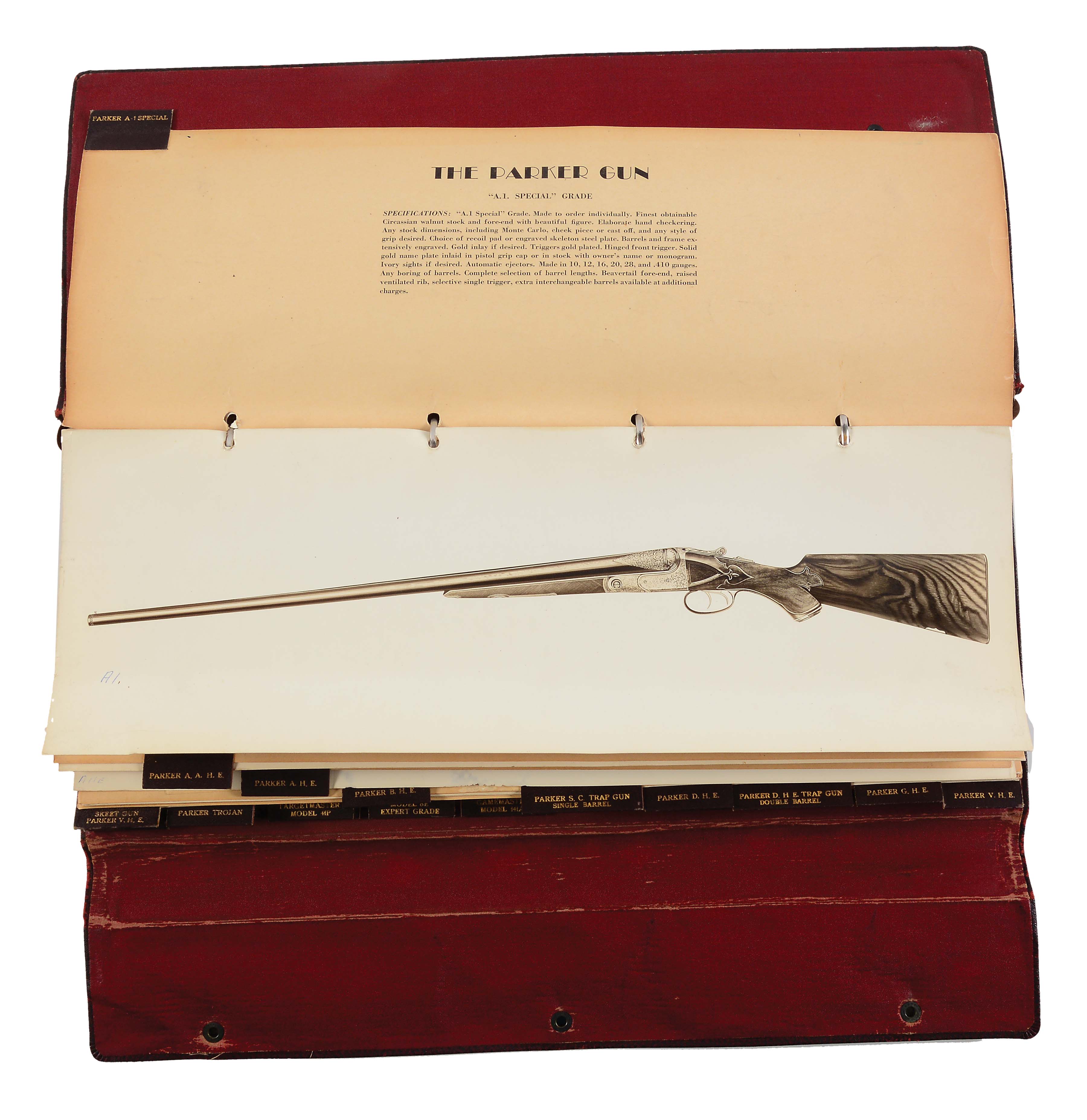
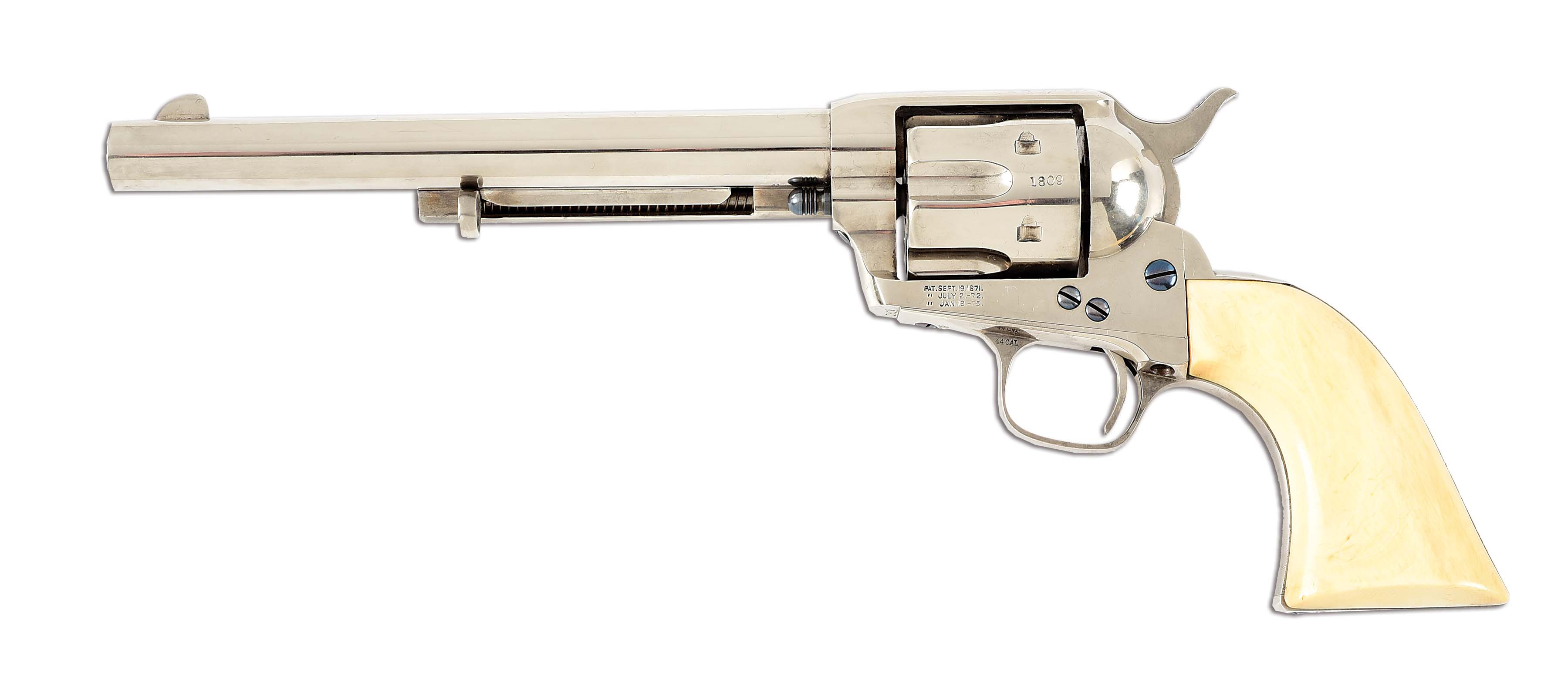


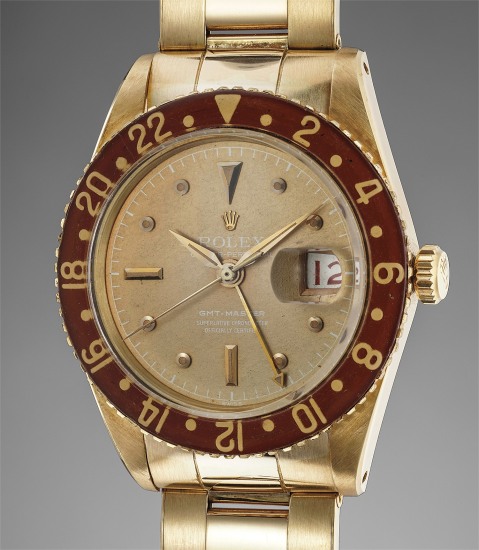
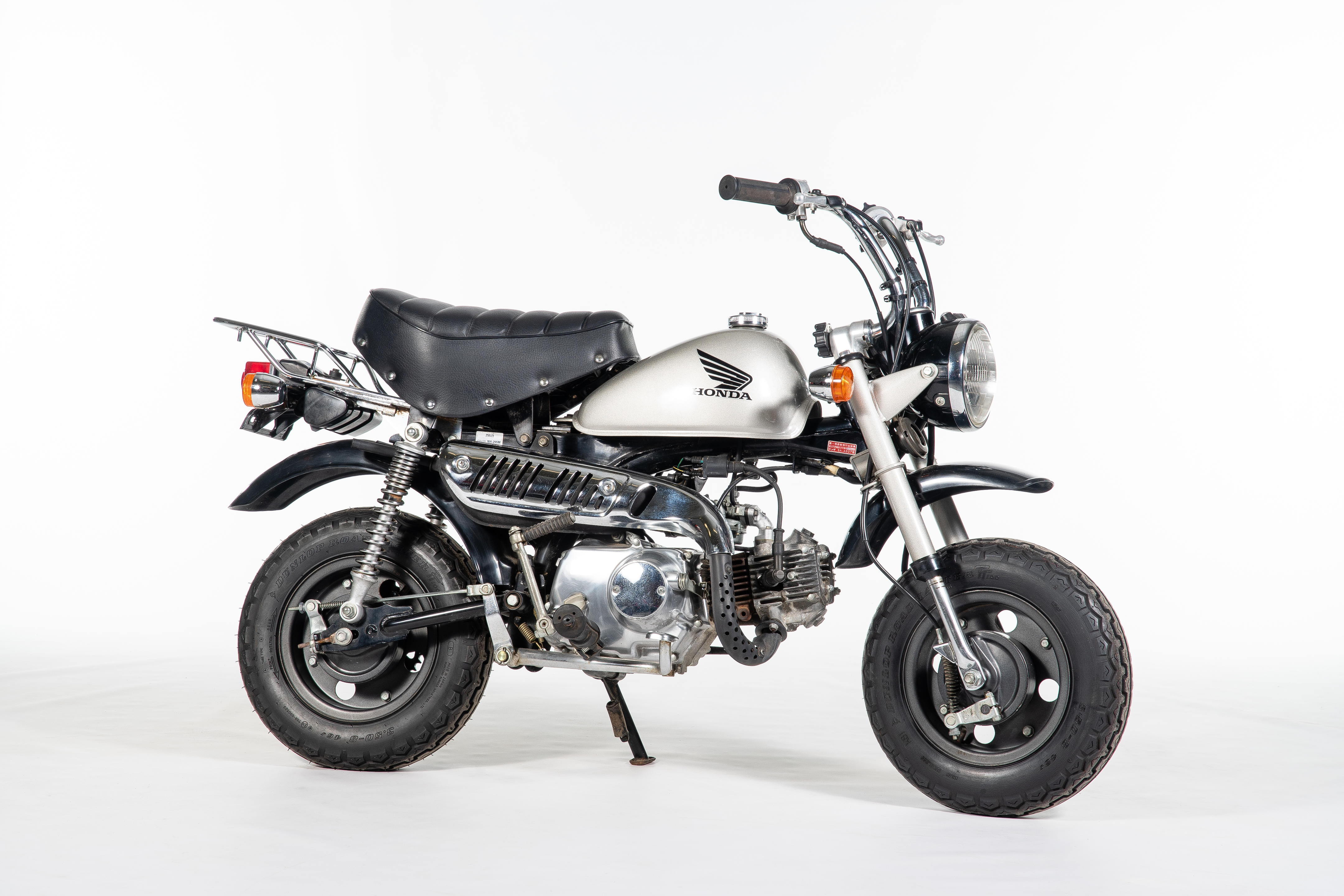




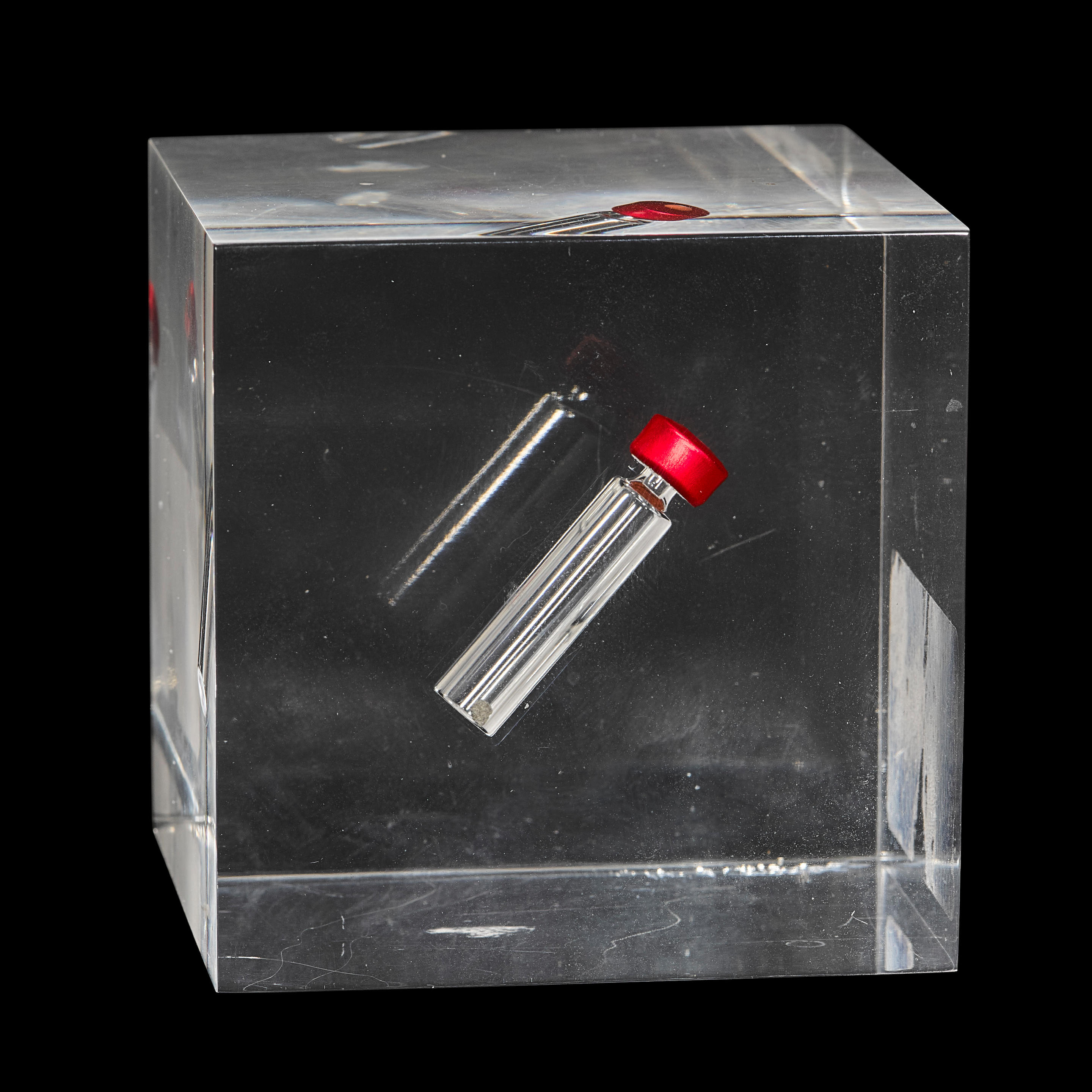


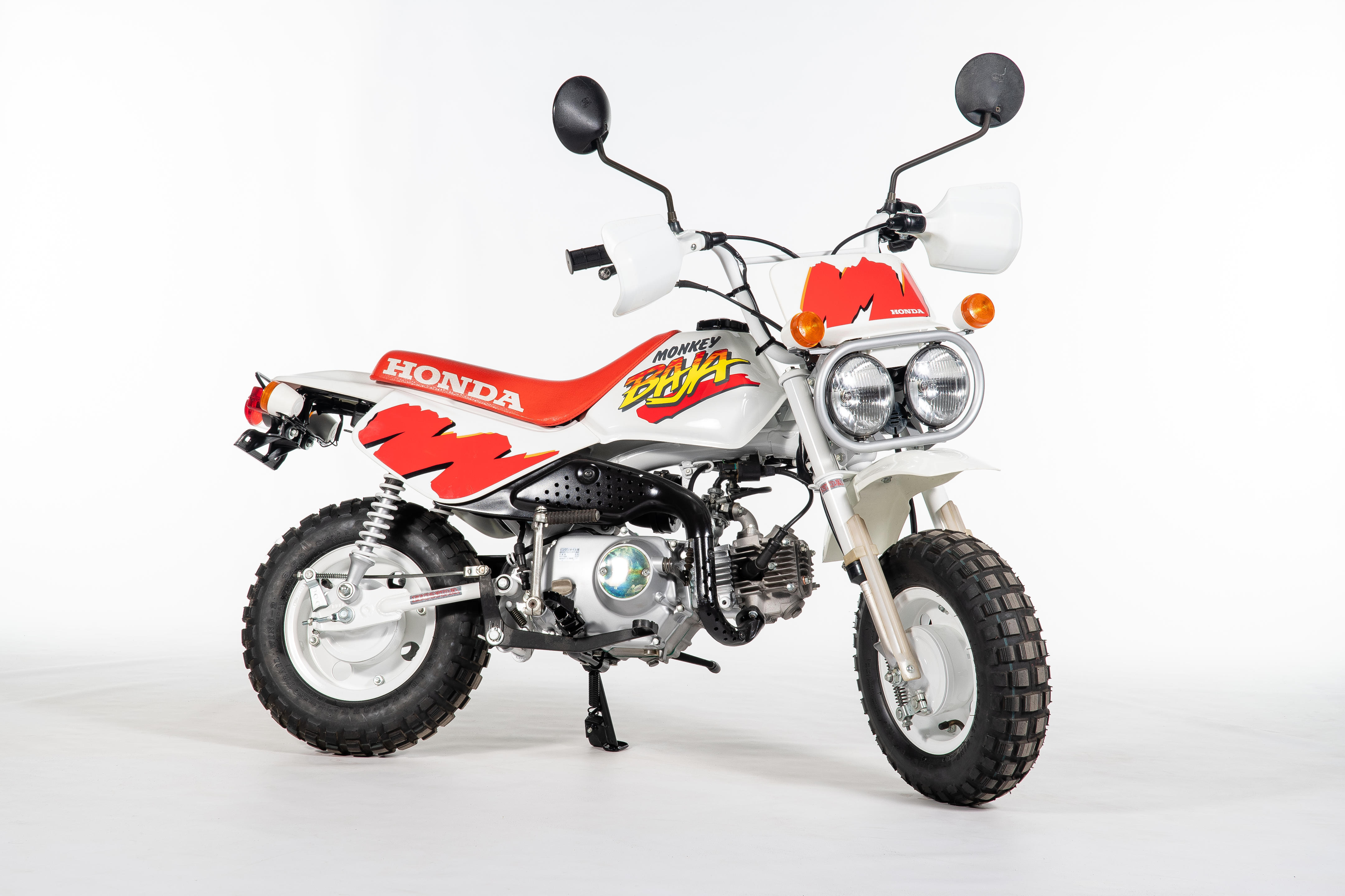
Testen Sie LotSearch und seine Premium-Features 7 Tage - ohne Kosten!
Lassen Sie sich automatisch über neue Objekte in kommenden Auktionen benachrichtigen.
Suchauftrag anlegen